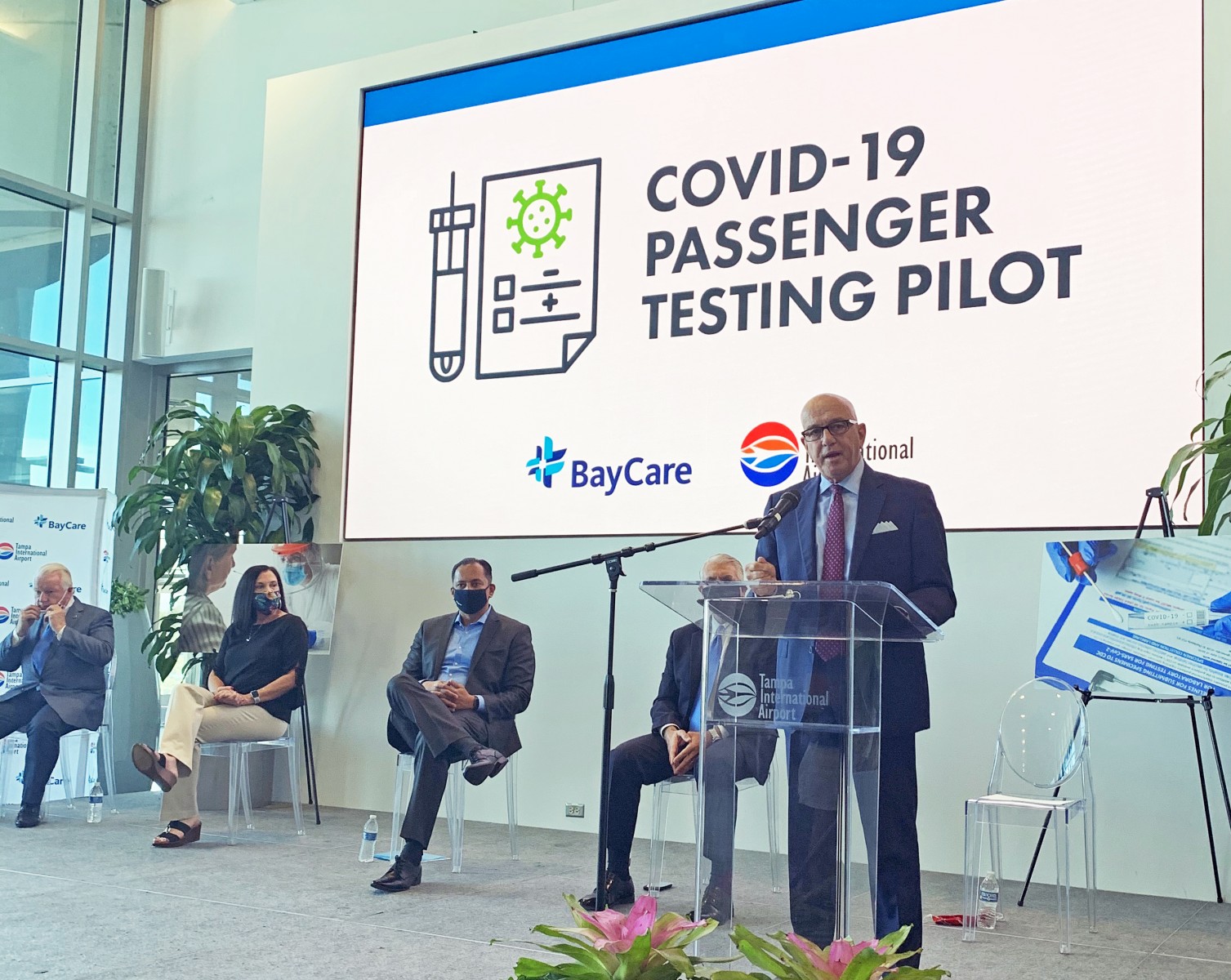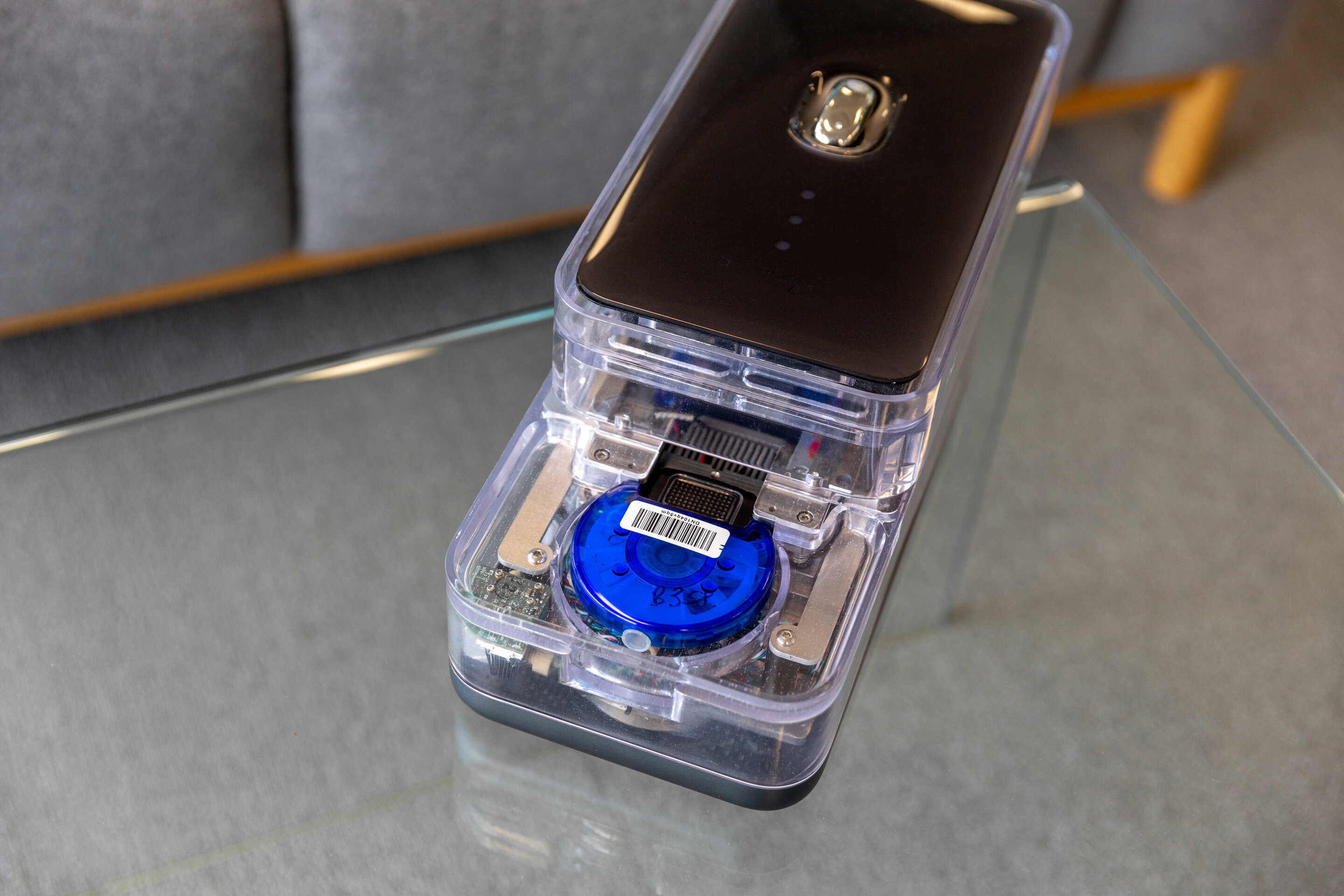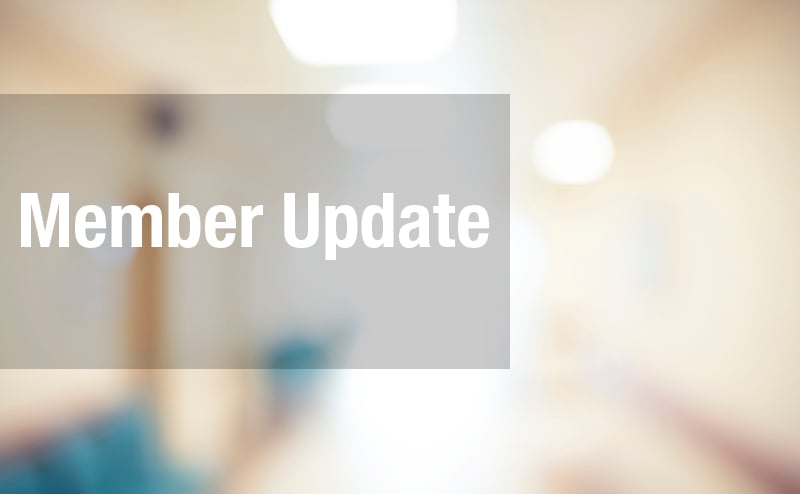SamusAranX
Well-Known Member
The different ways to measure positivity give you different slices of information. It's good and honest and transparent to put out all three. So far, all three have pretty much agreed on the overall trends (see chart above).
It's disingenuous to switch to the one that fits one's narrative best and claim it's the right one and ignore the other methods.
And, as I've said several times: positivity can misleading if you're only testing the people who chose to get tested. A large number of people worried about having COVID but having no symptoms will drive positivity down. OTOH, if the vast majority of people getting tested are doing so because they have symptoms, then the rate shoots up.
Only randomized sampling will give a true snapshot. (And before anyone asks, you entice the people you're targeting with a reward or some type of coupon since it's voluntary to get tested.)
I am definitely in favor of randomized testing, OR, rapid onsite testing to resume some events (i.e. even limited capacity football games should be doing this; yes they are "distanced" and masks are required, but if they rapid tested for admittance, they could make more money by letting more in).
I really like what TIA is doing; you can pay a reduced cost to get onsite, rapid tested, even up to 48 hours after your flight. This will allow you to avoid quarantine and improve traveling. Why all airlines and municipalities who are economically dependent on tourists aren't looking into this, I do not know.




